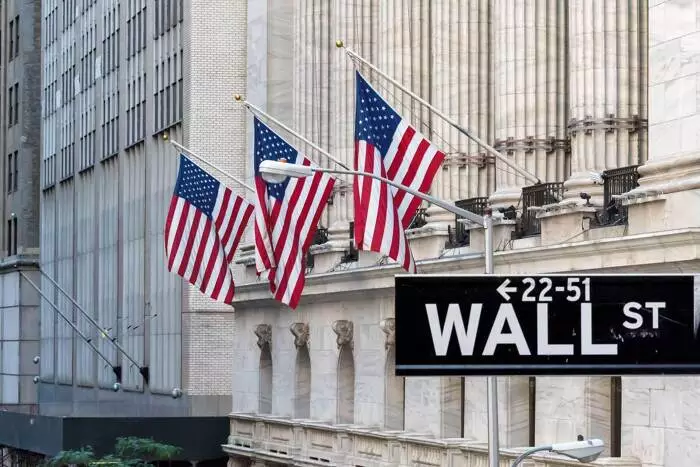In the intricate realm of job markets, recent data presents a compelling paradox. On one hand, initial claims for unemployment benefits have softened, indicating that companies are cautious about laying off employees and possibly preserving stability in their workforce. This signals a minor alleviation in immediate job insecurity, yet the broader picture is far more nuanced. The persistent increase in continued claims reveals a slowdown in rehiring efforts, suggesting that the unemployed face prolonged durations before securing new employment. This divergence hints at a fragile economic footing—while layoffs may stabilize momentarily, the ability of the labor market to bounce back swiftly remains in question.
The rapid dip in the US unemployment rate to 4.1% in June and the uptick in non-farm payrolls by 147,000 seem promising on the surface, yet these figures are heavily influenced by government hiring, which skews the overall health assessment. The underlying message is clear: many out-of-work individuals are finding it increasingly difficult to re-enter the labor force, and the pace of job creation is not robust enough to foster widespread optimism. This situation underscores a potential silver lining—employers are exercising caution, perhaps awaiting clearer economic signals—while simultaneously hinting at underlying vulnerabilities that could surface if the economy shifts.
Contrasts in Economic Signals Lead to Market Caution
Across the Atlantic, the UK’s economic indicators tell a story of stagnation and disappointment. The May GDP numbers disclosed a contraction of 0.1%, defying expectations of modest growth and raising red flags about the country’s growth trajectory. The second consecutive month of contraction dampens prospects for a swift recovery, especially in an environment where policymakers are under pressure to stimulate post-Brexit economic resilience. The gloomy data from the Office for Budget Responsibility only adds weight to the notion that Britain faces a tough road ahead, with fiscal and monetary measures possibly insufficient to spark robust growth in the immediate future.
Meanwhile, Canada’s labor market is anticipated to tighten further, with a marginal rise in unemployment to 7.1%. The anticipated stagnation in employment levels coupled with a slight increase in joblessness suggests a labor market that remains brittle, vulnerable to shifts in global economic conditions. Regional markets exhibit cautious sentiment—European stocks echo concern in the form of declines across key indices like the DAX 40 and STOXX 600, hinting at a risk-off environment globally. This risk aversion is mirrored in US futures, which are trading lower despite recent record highs in indices like the S&P 500 and the Dow.
Yet, this apparent disconnect raises questions about the sustainability of the recent bullish momentum. Tech giants like Nvidia continue to shine, surpassing all-time highs and fueling optimism about the sector’s resilience. Nonetheless, the bond market’s behavior—largely unchanging Treasury yields—reflects an undercurrent of uncertainty. The flattening of the yield curve, with yields on long-term bonds remaining steady and short-term yields edging slightly higher, signals investor hesitation. It may also suggest expectations of future monetary easing, but it simultaneously indicates that the bond market perceives underlying risks that could hamper economic growth.
The Dollar’s Fragile Position Amid Political and Policy Uncertainties
The US dollar’s recent movement adds another layer of complexity. Despite a modest rise of 0.1%, the dollar remains in a long-term channel support zone where many technical analysts see potential for rebound. Yet, underlying structural headwinds loom large. The prospect of tariffs proposed by former President Trump symbolizes a key threat—these measures could dampen global trade, impede economic expansion, and consequently reduce demand for the dollar as the world’s primary reserve currency.
Furthermore, the evolving political landscape, including the possibility of dovish shifts within the Federal Reserve, complicates the dollar’s outlook. If negotiations result in a reduction or delay of tariffs, inflationary pressures might abate, allowing the Fed to lower interest rates and potentially weaken the dollar further. The speculation over a shadow Fed Chair, more dovish than Chair Jerome Powell, adds uncertainty to future monetary policy direction. This reads as a tug-of-war: on one side, geopolitical tensions and trade policies threaten to deflate the dollar; on the other, domestic economic indicators could force the Fed to hold steady or even tighten policies, maintaining the dollar’s strength temporarily.
Final Thoughts
The current economic narrative is one of cautious resilience shadowed by vulnerabilities. Markets are navigating a delicate balance—strong corporate earnings in certain sectors coexist with sluggish macroeconomic data and political uncertainties that could quickly tip the scales. Investors and policymakers alike are caught in a web of conflicting signals, forcing them to adapt to a landscape where optimism is tempered by prudent skepticism. The coming months will reveal whether this fragile equilibrium can hold or whether underlying fissures will cause the prevailing sentiment to shift dramatically.

